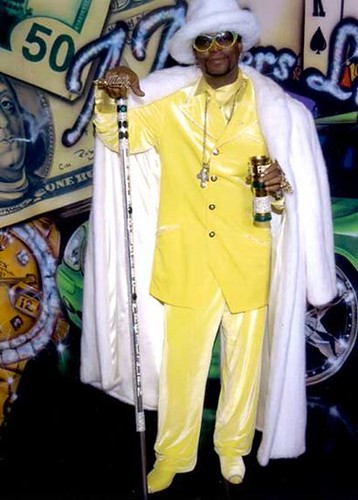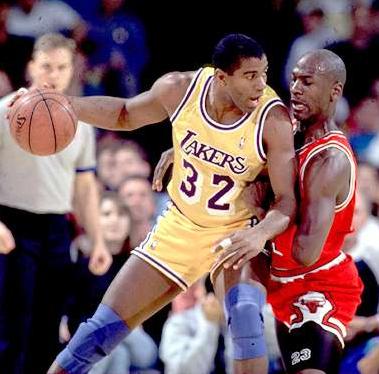The Mystery of Chemistry
Posted in New Posts, News on March 29th, 2010 by Troy Miles
Great teams, tightly woven at the seams, I deem to be just stuff of dreams? In this modern day has the team shrunk, to the whim of her or him, maybe good day , maybe funk? Is “give it to me… get back on D” the team philosophy? If it’s not the best shot for the team each trip, then every guy or girl needs to get a grip. There should be no mystery of chemistry…just check the annuls of history.
In science, chemistry is the study of matter, energy and the interactions between them -whatever they may be. In social life we generally think of chemistry as the manner in which people interact in a benevolent way. In sports, chemistry is the relationship between the parts of a team and the outcomes of their interactions. Those great Celtic teams, the 1975, Rick Barry led NBA Champion Golden State Warriors, the Show-time Lakers and the UnbeataBulls all had talented players, but more importantly, outstanding team chemistry.
It’s the same for all levels. Developing chemistry should be the number one consideration in assembling a team and subsequently important in positioning them for success. What are the keys to team chemistry? MPT. The right Materials or mix of players – not necessarily Superstars, and schemes – not necessarily complex. Focus on or Pressure adherence to KYP, KYC, KYL and KYG principles as they relate to optimal team outcomes. Lastly, Time to develop cohesiveness and a team personality. You know KYP, KYC and KYL from “What You See… Is What You Get“, KYG is Know Your Goals and Game plans.
Unfortunately, too many folks are into player replacement instead of player development. Everyone seems to be chasing the next megastar to make things brighter. Many times teams can find greater value by allowing their present team chemistry a chance to mature. It doesn’t take a superstar to make a quality team, only quality players. But how do we define quality players and how do you get them. Is it a full-court expedition in hopes of unearthing a gem of a player… or do you simply (lol) process the ores already available to you?
What are Quality Players?
Quality players are skilled players that make quality basketball decisions. Both are both achievable, although developing and/or tweaking players is a tough proposition. It’s also difficult to determine which players to invest in. There are so many factors the process can become complex quickly. The most critical factors are the proficiency (potential) and efficiency (game-time production) levels of any given player. Proficiency denotes absolute skill value and efficiency concerns effectiveness of skills during play. In other words, it comes down to technique and application. Focusing on these two elements is a valuable tool in helping differentiate top players from the crowd. It’s also useful system in helping players gain a truer sense of their games at face value.
Evaluations are twofold: (1) Rating players (1-5) according to defined roles as an Efficiency Rating (ER); and (2) Rating players (1-5) according to their capability – PTAG (Physical skill, Technical skill, Application of physical and technical, and Grit-factor). No performer can escape his or her PTAG. This is the stating point for player assessments, which is the start of determining how the team puzzle pieces fit together.
Player development (if the player has legitimate potential , of course) advances the player and team without compromising team chemistry- which requires personnel continuity – if possible. There are times when you must look outside your current circumstance for answers, but mostly I think Red Auerbach and Al Green had it right— “… Let’s … let’s stay together!”

BE SURE TO CHECK OUT THE “VIRTUAL PLAY ” PAGE AND OTHER ARTICLES ON THE SIDEBAR UNDER NEW POSTS!







